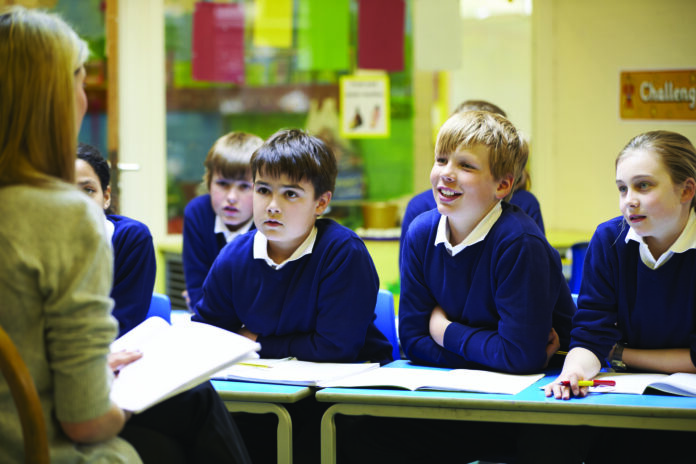As children grow and develop, they are bound to encounter conflicts with others. Whether it be with classmates, friends, or family members. Conflicts can be a natural part of life considering each and every person is different from another. But the way in which individuals handle and resolve conflicts do not come naturally to everyone and can have a significant impact on their relationships and overall well-being. This is why teaching conflict resolution skills to students is crucial in promoting positive communication and relationship building. In this article, we will explore different aspects of conflict resolution. Including Strategies for teaching conflict resolution, implementation into the curriculum, some common challenges, and their possible solutions.
Understanding Conflict
Before delving into strategies for teaching conflict resolution, it’s important to understand what it is and its common causes. Conflict can be defined as a disagreement or argument between two or more people. The disagreement rises due to having differing opinions, beliefs, or values. Common causes of conflict can include misunderstandings, competition, power struggles, and personality differences. It’s important for students to recognize the different types of conflict. Such as interpersonal conflict, group conflict, and intrapersonal conflict, in order to identify the best strategies for resolving each type.
Strategies for Teaching Conflict Resolution
There are numerous strategies that educators can utilize to teach conflict resolution skills to students. Active listening, communication skills, perspective-taking, emotional intelligence, problem-solving, negotiation and compromise, mediation, and role-playing are all effective techniques.
Active listening involves paying attention to what the other person is saying, validating their feelings, and showing empathy. Communication skills, such as using “I” statements and avoiding accusatory language, can prevent conflicts from escalating. Perspective-taking is the ability to understand and see things from another person’s point of view, which can lead to increased empathy and understanding. Emotional intelligence involves being aware of one’s own emotions and being able to regulate them in order to effectively handle conflicts. Problem-solving skills can help students identify the root cause of a conflict and work toward a resolution. Negotiation and compromise are important skills in finding a solution that works for everyone involved. Mediation involves a neutral third party facilitating a conversation between conflicting parties. Role-playing can be an effective way to practice these skills in a safe and supportive environment.
Implementation of Conflict Resolution into Curriculum
Incorporating conflict resolution into the curriculum can take many forms. Such as classroom discussions, interactive activities, and individual and group projects. Creating a safe and supportive learning environment is essential in encouraging students to speak openly and honestly about their conflicts. Addressing individual student needs and collaborating with parents and caregivers can also enhance the effectiveness of teaching those skills. Including and involving the guardians and parents can also help students open up and have a better relationship with their parents.
Challenges and Solutions
Teaching conflict resolution can come with its own set of challenges. For example, some students may be resistant to participating in conflict resolution activities or may not feel comfortable sharing their feelings. To overcome these challenges, educators can work to create a positive and inclusive learning environment, and provide students with individualized attention and support.
Evaluation
It’s important to evaluate the effectiveness of conflict resolution education. One way to measure learning outcomes is through pre and post-assessments. Such as surveys or quizzes, to track students’ knowledge and understanding of conflict resolution skills. We can even gather feedback from the guardians and parents as to how the students are doing outside the school.
Conclusion
Teaching conflict resolution skills to students is crucial in promoting positive communication and relationship building. By understanding the different types of conflict and utilizing effective strategies, educators can equip students with the tools they need to handle conflicts in a healthy and constructive way. With practice and guidance, students can develop lifelong conflict-resolution skills that will benefit them in all areas of their lives. It’s time for educators to prioritize teaching these skills and equipping our students with the tools they need to succeed.
And as always folks be sure to check out the Global Growth Forum and read some of the latest articles on similar topics that are both interesting and informative. Also, if you would like to read some of the latest articles in Hindi be sure to check out the Mojo Patrakar.








